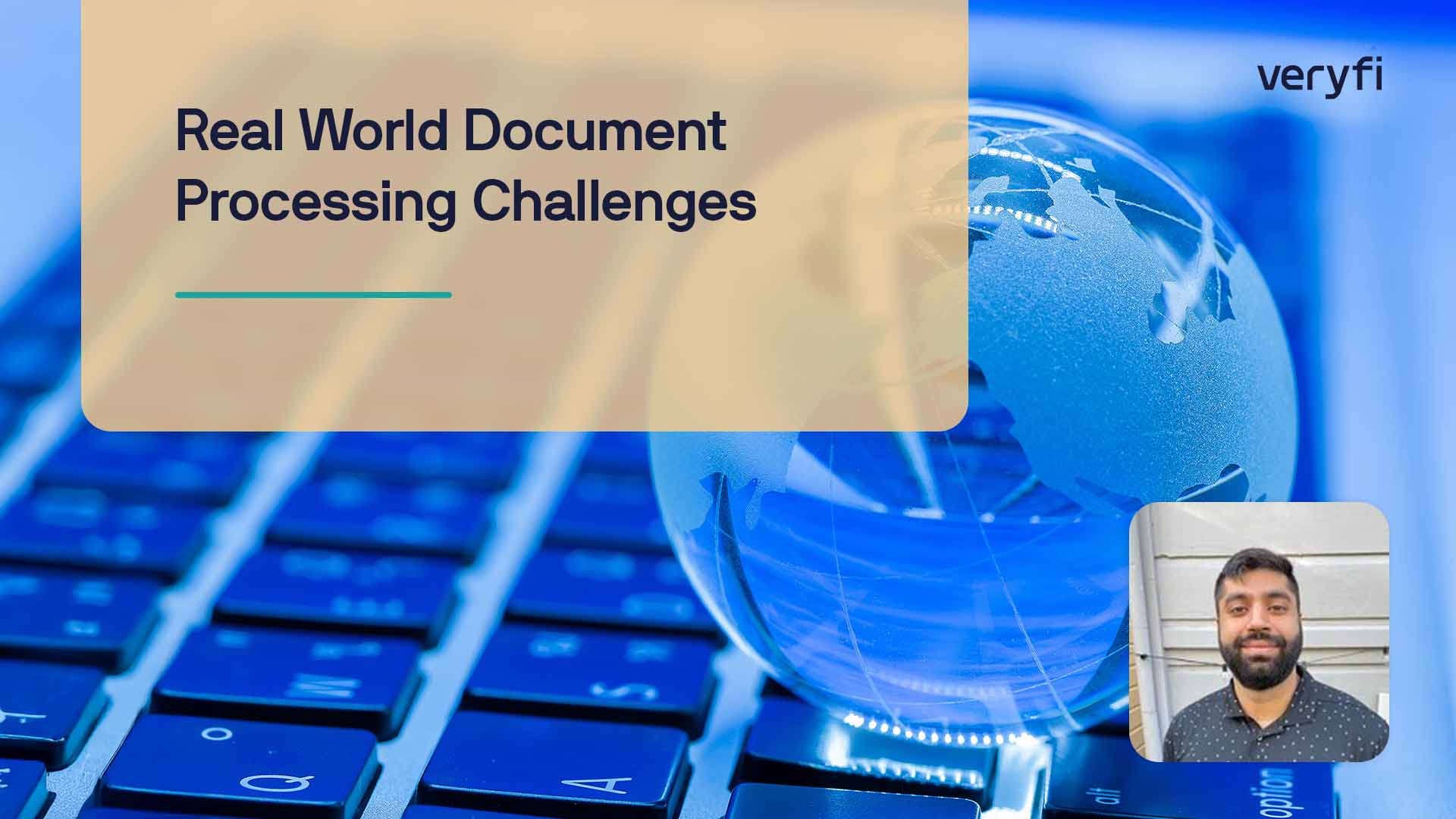The promise of Large Language Models (LLMs) for document extraction seemed almost too good to be true: feed your invoices, receipts, and forms into your favorite LLM, get perfect structured JSON back. Reality, however, has proven far more complex. As organizations scale their document processing operations, they’re discovering that basic LLM extraction approaches hit hard limits that can make or break mission-critical workflows.
Illusion of Simplicity: Where Basic LLM Extraction Falls Short
The Multi-Page Nightmare
Picture this: your finance team processes hundreds of multi-page invoices daily. Each invoice contains line items spread across 3-7 pages, with critical payment terms buried on page 4. You implement a straightforward LLM extraction solution, and initially, it works beautifully on single-page documents. But as you scale up, you notice something troubling… your extraction accuracy plummets to 30% for those multi-page financial documents.
This isn’t a hypothetical scenario. Recent research analyzing over 32,000 form-like documents reveals that while single-page receipts achieve 78% exact match accuracy with basic LLM approaches, complex multi-page financial documents struggle to break 30%. The culprit? LLMs often exhibit “page amnesia”, completely omitting entire pages or providing inconsistent outputs across multiple runs.
The Nondeterministic Demon
Unlike traditional software that behaves predictably, LLMs introduce an element of chaos into document processing. Run the same invoice through your extraction pipeline twice, and you might get subtly different results. This nondeterministic behavior becomes a nightmare for compliance-heavy industries where audit trails matter, and even minor discrepancies can trigger regulatory red flags.
Quality’s Kryptonite
Low-quality scans, such as those inevitable crumbled utility bills and coffee-stained receipts, expose another weakness in basic LLM extraction. As image quality degrades, LLMs don’t just miss data; they start hallucinating it. That “3093” on your invoice becomes “goog”, and suddenly your automated accounts payable system is trying to process payments to a search engine.
This is where Veryfi’s expertise becomes invaluable
Unlike generic LLM solutions, Veryfi has been purpose-built for document extraction, combining specialized OCR technology with domain-specific intelligence that understands the nuances of business documents.
OCR That Actually Works
Veryfi’s OCR engine doesn’t just convert images to text, it preserves spatial relationships, handles multi-column layouts, and maintains document structure. When processing that challenging utility bill, Veryfi’s preprocessing ensures your downstream LLM receives clean, properly formatted text instead of a jumbled mess of characters.
Domain Intelligence Meets AI
Rather than treating all documents as generic text blobs, Veryfi understands the semantic structure of business documents. It knows that “Invoice #” and “Invoice Number” refer to the same field, that line items follow predictable patterns, and that key financial data appears in specific document regions. This domain knowledge dramatically improves extraction accuracy and reduces hallucination.
Real-World Results That Matter
While basic LLM extraction struggles with 30% accuracy on complex documents, Veryfi’s multi modal agentic approach achieves 97.3% exact match scores on the same files. Purchase orders hit near-perfect 98.2% accuracy, and even challenging multi-page financial statements reached 97.3%, a 300%+ improvement over monolithic approaches.
The Future of Document Processing
The document processing landscape is evolving rapidly. Organizations that stick with basic LLM extraction approaches will find themselves increasingly disadvantaged as document complexity grows and accuracy requirements tighten.
The combination of Veryfi’s specialized document processing expertise with agentic AI workflows represents the next generation of intelligent document processing, systems that don’t just extract data, but understand context, adapt to challenges, and continuously improve their performance.
For enterprises serious about document automation, the question isn’t whether to evolve beyond basic LLM extraction; it’s how quickly they can implement robust, agentic solutions that turn document processing from a bottleneck into a competitive advantage.
